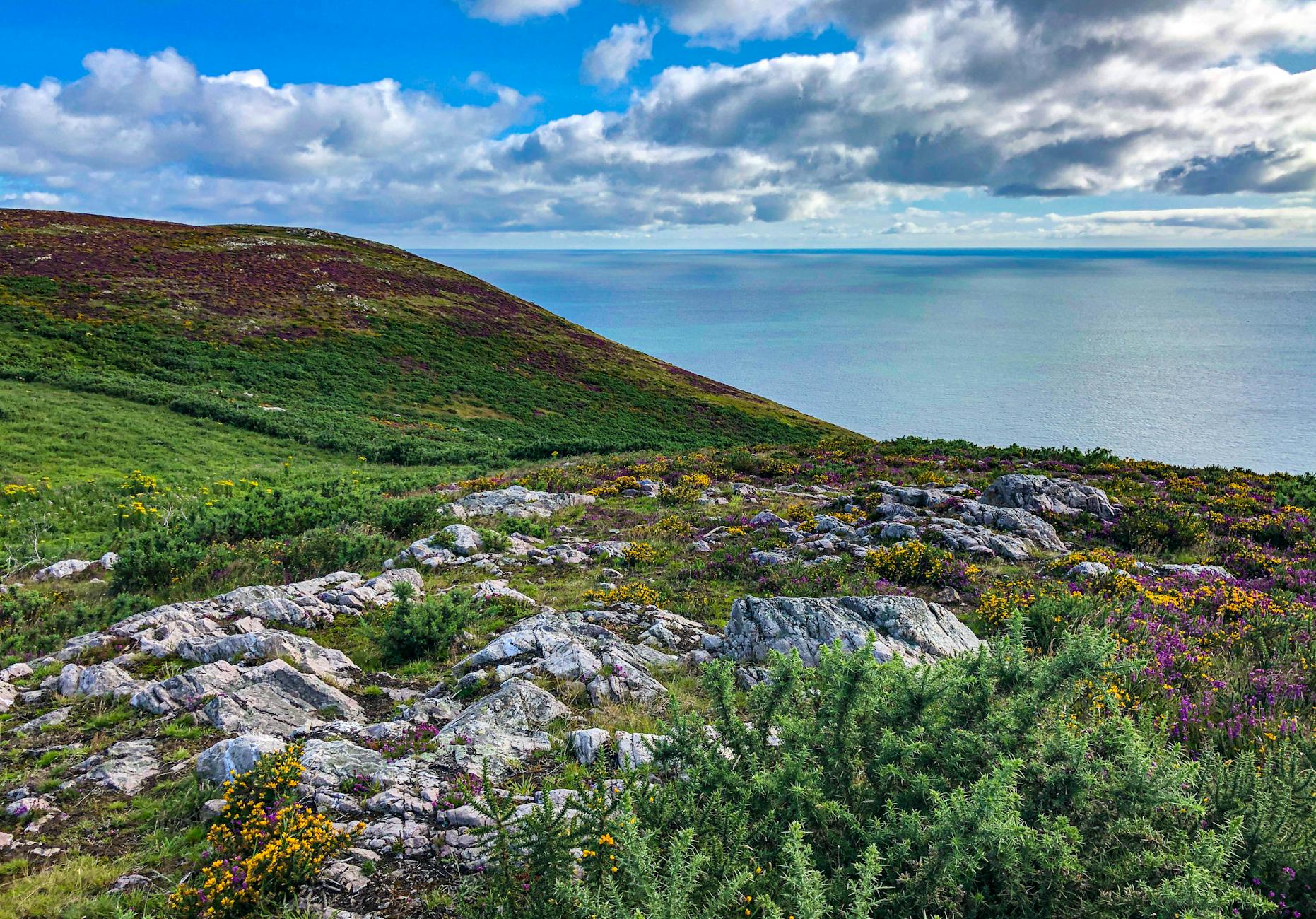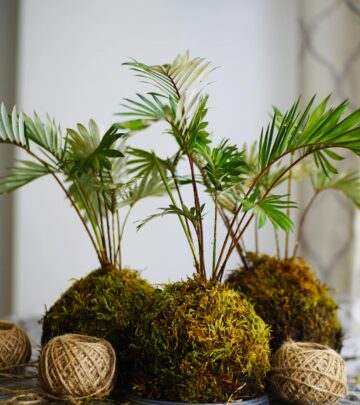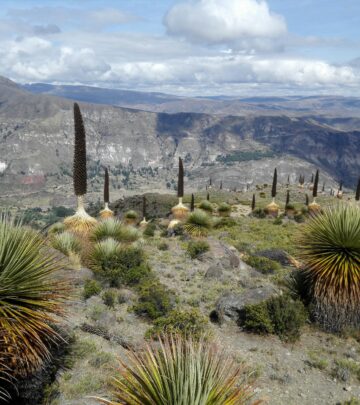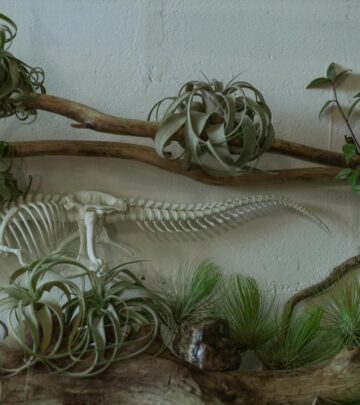Gardening 101: Gorse – The Wild Thorny Wonder for Coastal Landscapes
A hardy shrub that brings golden blooms to harsh sites and offers nectar year-round.

Gardening 101: Gorse
Gorse (Ulex europaeus) is a rugged evergreen shrub that blazes across wild slopes and coastal landscapes with vibrant yellow blossoms and an abundance of formidable spines. Admired by foragers and cherished by wildlife, this plant is both a botanical marvel and a survivalist’s secret weapon in exposed, sandy gardens. Let’s unravel the unique qualities and practical virtues that make gorse a star in untamed gardens and natural habitats.
Cheat Sheet
- Striking Displays: Gorse’s warm yellow flowers are easily spotted along roadsides and moors, transforming windswept places like Bodmin Moor in Cornwall into radiant golden scenes for much of the year.
- Wildlife Haven: This plant is a vital early—and sometimes year-round—source of nectar, offering substantial protection and nesting sites for birds and invertebrates.
- Foraging Delight: Common gorse flowers are sought after by foragers. They lend themselves to unique cordials and infusions. When harvesting, pick gently from the base, avoid bruising, and be sure to wear gloves to dodge the spines.
- Thorny Guardian: Gorse leaves are narrow and spine-like, with real thorns hidden within, creating a near-impenetrable natural barrier.
- Winter Bloomer: Its yellow blooms peak from winter through early summer, offering a splash of color when many other plants have faded.
Keep It Alive
Gorse has carved out a reputation as an indomitable coastal plant, surviving conditions that foil many other species. Here’s how to ensure yours thrives:
- Resilient to Elements: Gorse stands up bravely to exposure, drought, and strong sea winds, making it a prime candidate for gardens near the coast.
- Soil Preferences: While gorse favors sandy and slightly acidic soils, it is not particularly fussy, handling poor or disturbed soils remarkably well.
- Full Sun Performer: Ample sunshine is essential—plant where it will bask in direct light to encourage the most prolific flowering.
- Location Matters: Gorse is unsuited to high altitudes but flourishes by the beach and in lowland sites.
- Hardiness Zones: Hardy in USDA zones 6–10, gorse withstands moderate frosts and adapts to a wide range of climates within these limits.
Gorse and the Wild Garden
For gardeners striving to evoke the beauty of natural moors or seaside cliffs, gorse is a hero plant. Its ability to endure harsh conditions and attract wildlife makes it an indispensable component of wild gardens. Consider incorporating gorse with other hardy perennial selections, especially species suited to coastal or sandy conditions.
For more resilient plant ideas for exposed gardens, see related guides on Perennials for a Seaside Garden.
Gorse in the Landscape: Uses & Benefits
- Natural Barriers: With its dense, prickly growth, gorse forms almost impenetrable hedges. These barriers deter livestock, mark property lines, and provide shelter for ground-nesting birds.
- Year-Round Color: Even in winter, when many plants are dormant, gorse can brighten the landscape with its persistent golden flowers.
- Foraging & Recipes: Gorse flowers are edible and noted for their subtle coconut flavor. Use them for flavoring syrups, infusions, and sometimes for decorating desserts or drinks. Avoid eating the spines or other plant parts.
- Habitat Creation: Gorse’s thickets serve as critical refuge and nesting habitat for various birds and insects, supporting biodiversity in garden and wild environments alike.
Gorse: Friend or Foe?
While gorse is treasured in many wild gardens and coastal landscapes, it has a complicated global reputation. In certain regions, particularly where introduced, it is considered a highly invasive species.
| Benefit | Challenge |
|---|---|
| Wildlife shelter and nectar source | Can displace native vegetation |
| Thick, protective hedges | Dense thickets difficult to remove |
| Thrives in poor soils | Alters soil nitrogen levels and ecosystem balance |
| Interest for natural foragers | Spiny: difficult to handle or walk near |
Gorse’s ability to fix nitrogen in the soil can change local plant communities, favoring other weedy species and potentially undermining established native ecosystems or grasslands if left unchecked. In regions such as New Zealand and parts of North America, it is classified as a top 100 invasive species and control may be required to keep it from dominating natural habitats.
Management and Control in the Garden
If you’re growing gorse intentionally, or need to manage accidental spread, consider these tips:
- Pruning: Regularly trim gorse to encourage fuller growth and prevent it from becoming woody and invasive. Remove spent flower spikes to reduce seed spread.
- Soil Health: Monitor the surrounding soil; gorse can increase nitrogen levels significantly, which may affect other plantings.
- Livestock Grazing: Goats are especially effective at browsing on gorse. Targeted grazing reduces young plant density and prevents gorse from flowering, but mature stands may be resistant to livestock management.
- Herbicide Control: Foliar, basal-bark, and cut-stump applications can control established thickets. Always follow safety guidelines and local regulations when using herbicides.
- Manual Removal: Small infestations can be dug up, but always wear thick gloves due to the sharp spines.
Be aware that while controlling gorse is essential in some habitats, in a controlled setting like a garden, it can be managed as a valuable wildlife plant and naturalistic ornamental.
Gorse: Foraging and Recipes
Gorse’s coconut-scented flowers can be picked cautiously—wear gloves!—and used in culinary experiments. The most popular uses include:
- Gorse Syrup: A fragrant syrup made by simmering gorse flowers can be mixed with brandy and bitters to create elegant, floral cocktails. Try it as a unique twist in your next early-spring drink.
- Infusions and Cordials: The subtle coconut aroma of gorse blossoms infuses well into springtime beverages.
Forager’s Notes:
- Pick carefully from the base to avoid damaging plants or bruising flowers.
- Restrict harvesting so as not to deprive wildlife of valuable nectar.
- Never consume spiny or woody plant parts, which are toxic.
Gorse in Wildlife Gardening
To support bees, birds, and biodiversity, gorse is a champion plant. Its early and prolonged flowering period ensures a food supply for pollinators when few resources are available. Dense growth provides secure nesting and roosting sites for songbirds and invertebrates.
Gardeners can enhance wildlife value by:
- Integrating gorse in hedgerow plantings with other native, wildlife-friendly shrubs.
- Allowing some plants to grow unpruned to provide dense cover.
- Planting gorse near naturalistic wildflower borders or coastal grasses for habitat diversity.
Frequently Asked Questions (FAQs)
Q: Is gorse hard to grow in a typical garden?
A: Gorse is notably hardy and thrives in poor, sandy soils and full sun. Avoid planting near walkways or frequently used paths due to its sharp spines.
Q: What is the best time to prune gorse?
A: Prune immediately after the main flowering period, which is usually late spring, to encourage new growth and reduce woody buildup.
Q: Is gorse considered invasive?
A: In some regions, gorse is classified as a noxious invasive species and can dominate grasslands, displace native vegetation, and alter soil chemistry. Be sure to consult local guidelines before introducing it to your landscape.
Q: Can you eat gorse flowers?
A: Gorse flowers are edible in moderation and have a subtle coconut aroma, but only the blossoms—not the spiny foliage or pods—should be consumed.
Q: Does gorse require a lot of water?
A: No; once established, gorse is drought-tolerant and copes well in dry, exposed locations.
Final Thoughts
Gorse is a double-edged sword in the garden: a dazzling beacon for pollinators and a mild-mannered hedgerow plant for those who appreciate year-round color and coastal resilience. With care and appropriate placement, it serves as a unique asset to the wild, seaside, or drought-hardy garden.
Ready to harness the wild beauty of gorse? Plant thoughtfully, manage wisely, and let nature’s golden splendor brighten your landscape.
References
- https://pmc.ncbi.nlm.nih.gov/articles/PMC9059460/
- https://solvepestproblems.oregonstate.edu/weeds/gorse
- https://www.gardenista.com/posts/gardening-101-gorse/
- https://www.gardenista.com/posts/gardening-gone-wild-how-to-grow-vegetables-in-the-middle-of-nowhere/
- https://www.gardenista.com/posts/the-garden-of-magical-childhood/
Read full bio of medha deb

















Community Experiences
Join the conversation and become a part of our empowering community! Share your stories, experiences, and insights to connect with other beauty, lifestyle, and health enthusiasts.